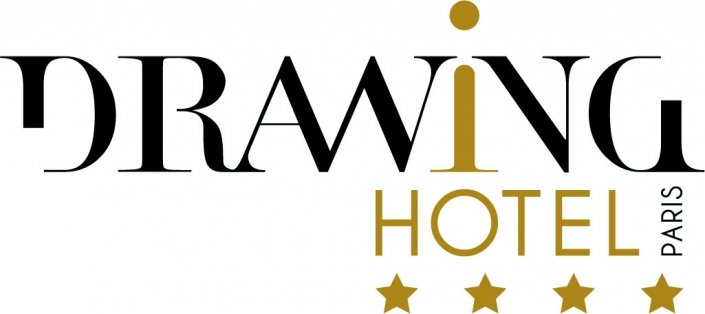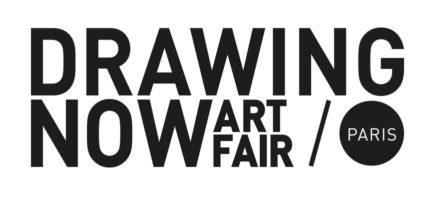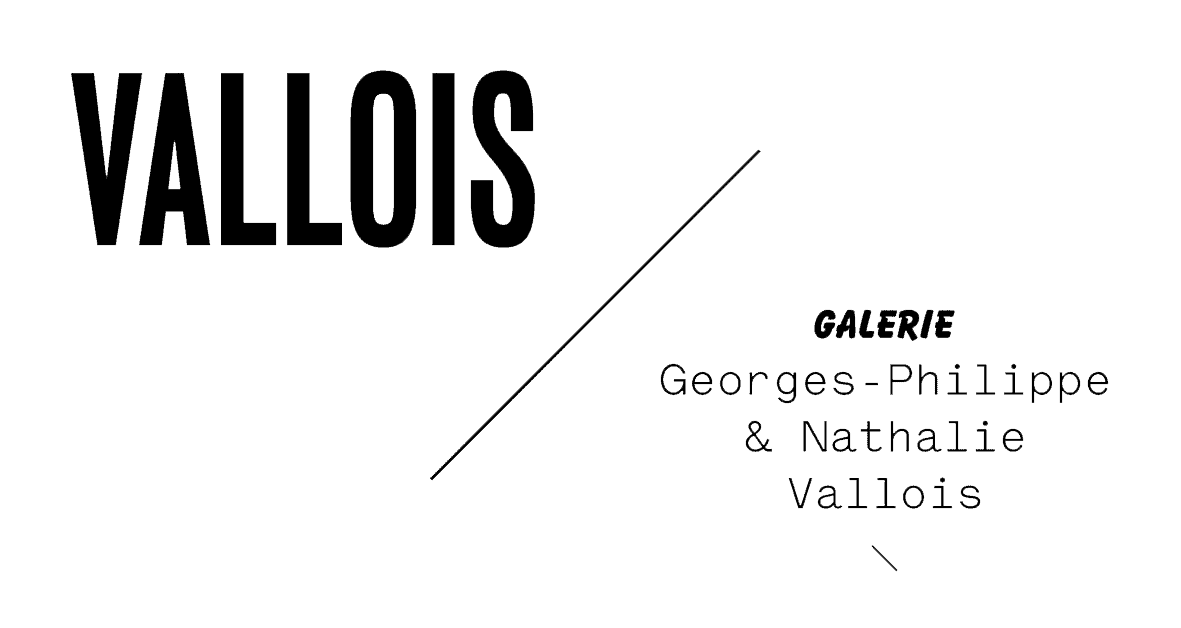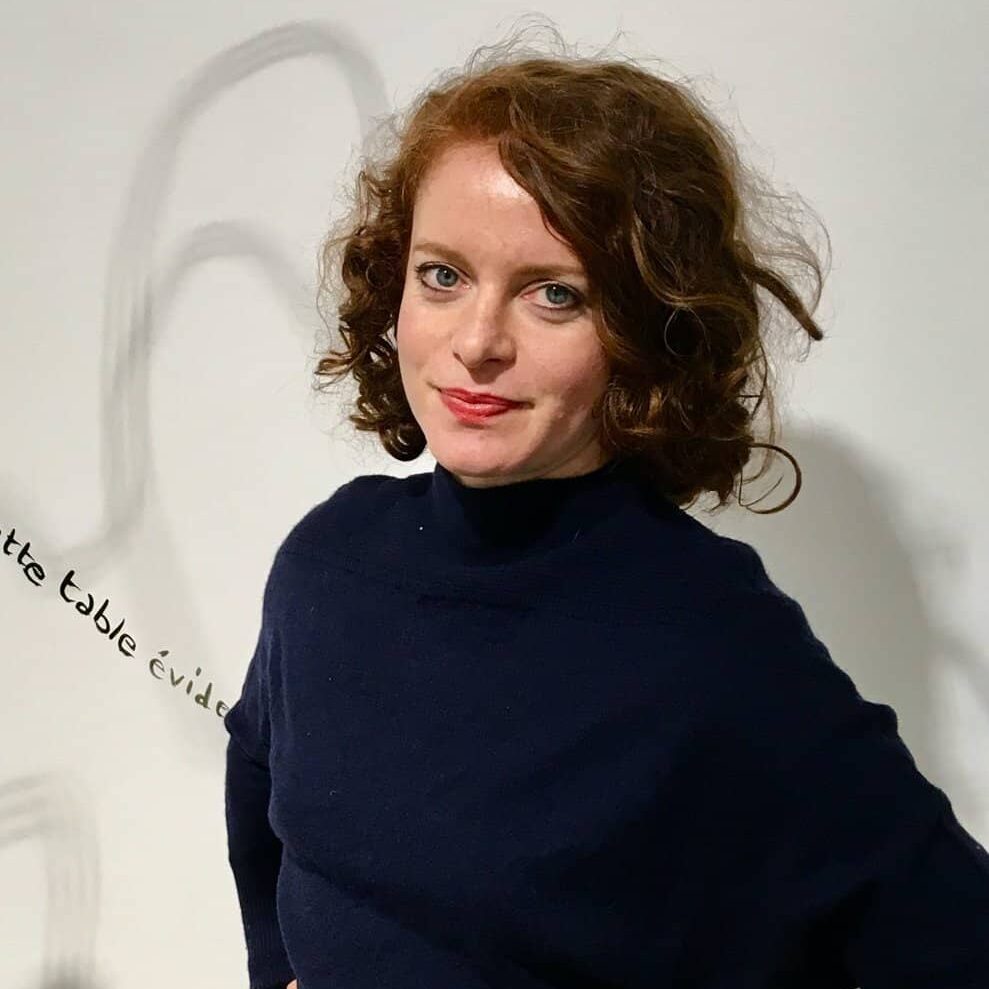30 JANUARY - 20 FEBRUARY 2020
ARTIST : Lucie Picandet
DRAWING NOW PRIZE 2019
Space-time is a very affectionate mollusk full of surprises that has emancipated itself from its shell by the force of things.
By digging into its bowels, it is easier to understand what abyss humans are getting into. As for us, poor agents of saxiphrages, slaves to the good will of the writer who never ceases to throw us against the stones of her word inlangue, we are the golden vessels of the octopus. It is he who, with the whiff of suctional brains, sends us into the vast corridors, rings and large slides of Hui's memory, where the subject and reason fall in disaster, to bring out the memory, however distant and insignificant it may be. The senses come together, a sound, a light, a sensation, and that's the reminiscence. Suddenly, this short past moment becomes immense, it becomes all the thought, everything we can put in it. And now the tiny and immemorial nugget buried at the bottom of the octopus, has unfolded along its tentacle; this, in such a way that, for several years, without knowing it, it was on him that the slightest of his thoughts rested.
Taken from the title of my short story written in 2011, Le Soir du Poulpe is also a short film project in progress. In this exhibition, you will be able to see the storyboard plates, before entering one of the pieces of the decor: a Parisian maid's room where the protagonist is writing the short story Le Soir du Poulpe . The hero of his old novel Celui que je suis, died on his bed after being refused by all the publishing houses. The writer continues her activity against all odds but the writing has gone beyond the words of the language and what she has to write, she must now scrape it, tear it, dig it with a wild word that could belong only to the beasts. This is how she enters the bowels of the octopus and accesses timeless sensations, those before the word where thought circulated freely in her head.
The film project brings together not only texts and drawings but also volumes such as the Lyrics, these hands of animals raised to give their word of honor and thus showing inside their palm, the intimacy of their relationship to the world, singular, whether it is the earth that must be dug, the wood of the tree that must be scratched or the water in which one must slip to live there ... These hand interiors, these interiors of words, are ours, as monstrous and mysterious as words such as "Nogaid," "Hizogle" or "Radamacame" can be to our usual language used to designate known objects. These are actually the names of the Emophones,or pieces of sonic emotions, one of which is presented in this exhibition on his altar.
Indeed, the haphazard, accidental outline of the pebble when it becomes an emophone,then comes into the world as for the second time. It is then exactly what it is. Not a single ridge, not a single protrusion, not a single plane is the result of chance. Its form is then as well known, expected, codified as an Orthodox icon. Like her, he comes back from infinity and everything from him is determined. The same is true of the name of the rock, which is enough to pronounce once to make it go from nothing to something. This is the magic of the given word and why it can only be worth for the truth.
Les paysages hospitaliers,a series of oil pastel drawings made on a mosaic of papers, are none other than the bowels of the Macchabée d'Hui on the bed. The Hui, that is to say the hero of the Celui que je suis,my novel refused. In the image of which the writing of the story the Evening of the Pulp has progressed, the drawing takes shape gradually, from one edge to the other of the sheet, much as one would with an exquisite corpse. Every time I approach the edge of the sheet, the surgical plane tends to fork at the last moment, to the point of sometimes completely reversing interior and exterior, lines and volumes, empty and full. When the scientist's gaze plunges with the tool into the human body, he opens up previously entangled spaces and gives names to what he sees. Thus, by opening the corpses, the language was also opened to add terms. The details of these Paysage hospitaliers, which are the large formats of the main room, plunge even deeper into these labyrinths.
In the abyssal darkness of this body, hollowed out by the will to know, populated by the will to name, deformed by the will to see, we find the saxiphrages emophonic agents which, as their name suggests, pierce the stone of the emophone to recover the singular emotion that has imprinted it on Hui's memory. These are writing agents in the same way as the writing machines still in operation in the corpse. They are quoted in the poem Le Grand Tanneur written in the stairwell and depicted here and there in the exhibition.
Lucie Picandet
#LESOIRDUPOULPE
@DRAWINGLABPARIS
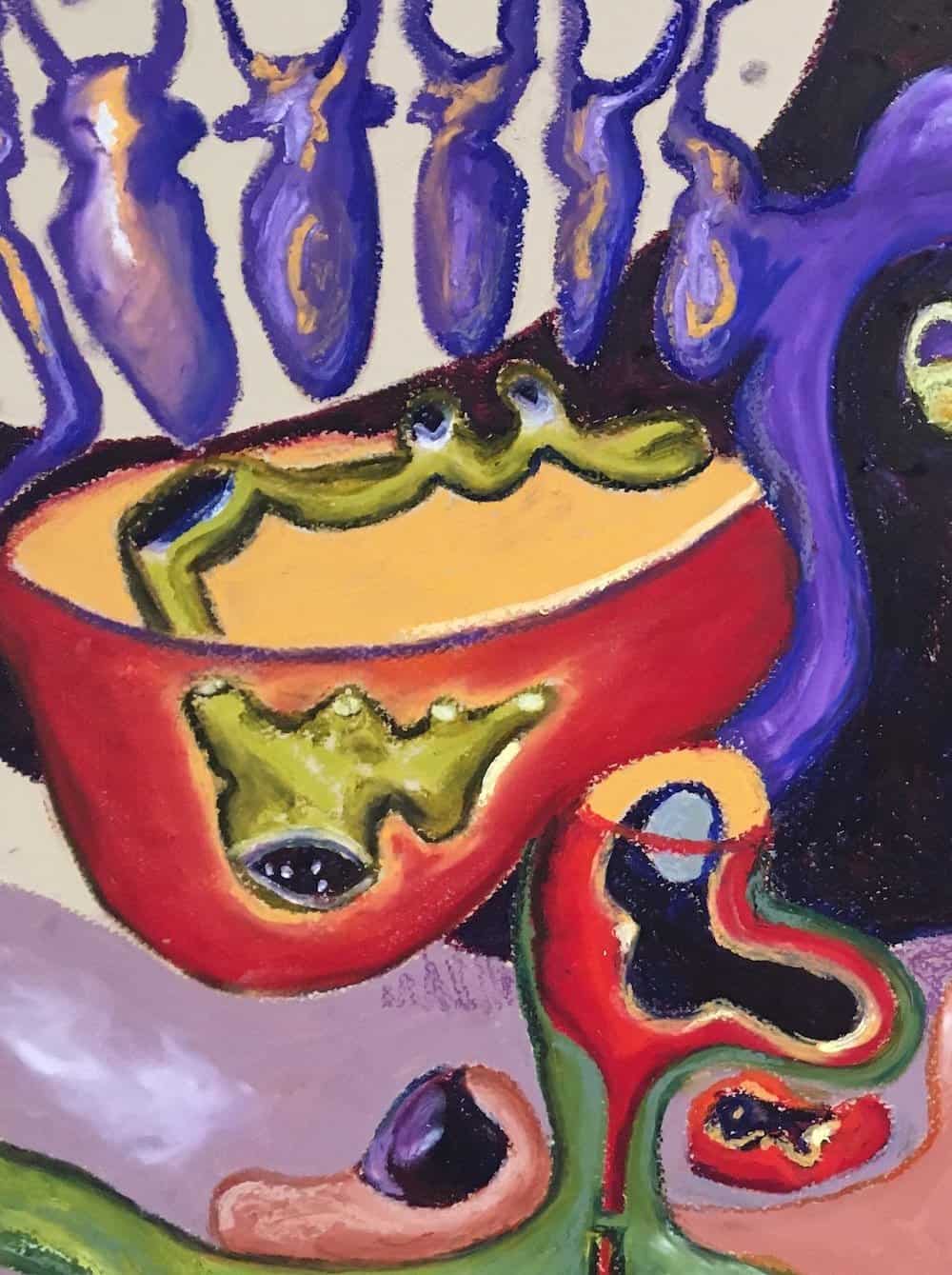
Lucie Picandet, Paysages hospitaliers (detail), 2019
Sticks in oil on paper, Drawing Lab Paris production
© Lucie Picandet
PARTNERS
OPENING
THURSDAY, JANUARY 30, 2018 | 7-10 PM
Practical information
Contact us
PRESS
THURSDAY, JANUARY 30, 2018 | 9AM-11AM
Download the press kit
Request + visuals
